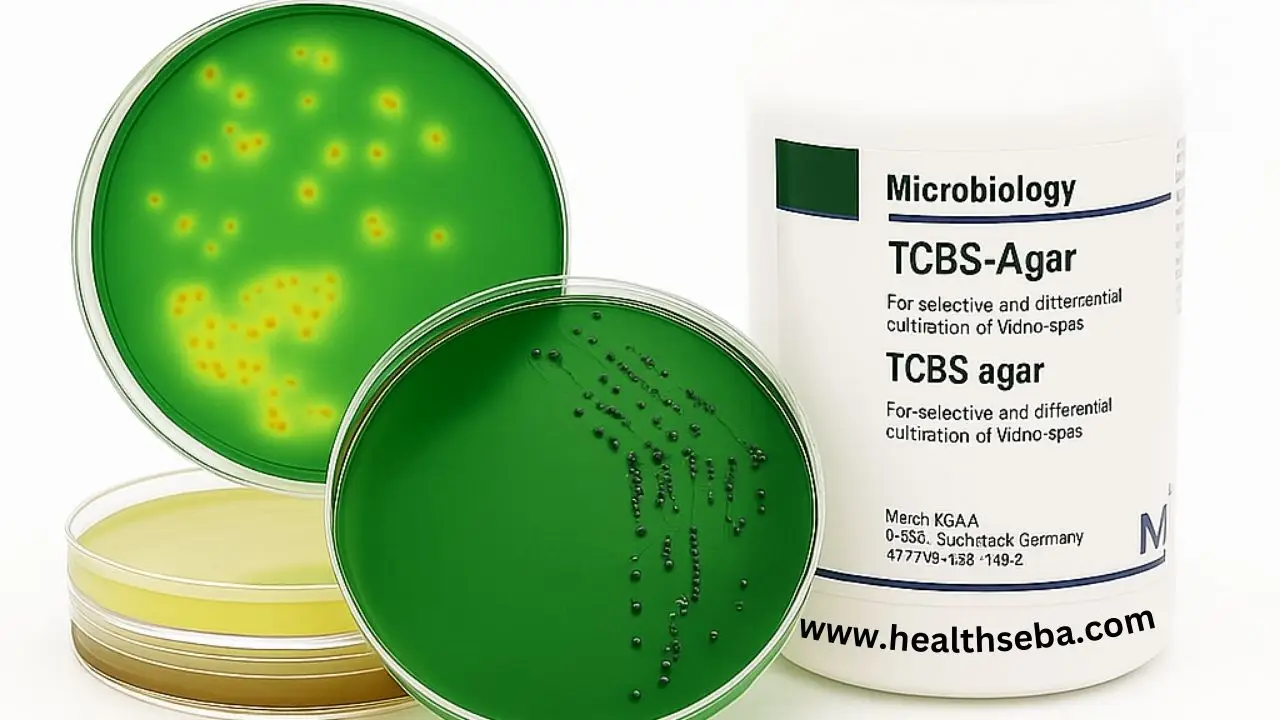Introduction
The Indole Test is a fundamental biochemical test in microbiology used to detect the ability of bacteria to produce indole by breaking down the amino acid tryptophan with the enzyme tryptophanase.It is a key test in the IMViC series (Indole, Methyl Red, Voges-Proskauer, Citrate) used for the differentiation of Enterobacteriaceae family members.
Principle
Certain bacteria produce the enzyme tryptophanase, which hydrolyzes tryptophan into:
Indole
Pyruvic acid
Ammonia
After incubation, Kovac’s reagent (p-dimethylaminobenzaldehyde, isoamyl alcohol, concentrated HCl) is added.
Indole reacts with the reagent to form a red/pink ring at the surface → Positive result.
No color change (remains yellow) → Negative result.
Procedure
Prepare peptone water broth (rich in tryptophan).
Inoculate with the bacterial culture.
Incubate at 37°C for 24–48 hours.
Add 3–5 drops of Kovac’s reagent.
Observe for color change.
Interpretation
| Result | Observation | Interpretation |
|---|---|---|
| Positive | Red or pink ring at the surface | Bacteria produce indole |
| Negative | Yellow ring / no color change | Bacteria do not produce indole |
Examples of Bacteria
ndole Positive Bacteria
Escherichia coli
Proteus vulgaris
Klebsiella oxytoca
Morganella morganii
Providencia species
❌ Indole Negative Bacteria
Klebsiella pneumoniae
Enterobacter cloacae
Proteus mirabilis
Salmonella spp.
Shigella spp.
Uses of Indole Test
Differentiates E. coli (positive) from Enterobacter, Klebsiella (negative).
Distinguishes Proteus vulgaris (positive) from Proteus mirabilis (negative).
Part of the IMViC test series for Enterobacteriaceae identification.
Useful in clinical microbiology laboratories for routine bacterial differentiation.
Conclusion
The Indole Test is an essential biochemical test in microbiology. By detecting the breakdown of tryptophan into indole, it plays a vital role in the identification and differentiation of Enterobacteriaceae and other medically important bacteria.
Related Posts

Lowenstein Jensen Media
Introduction Lowenstein-Jensen (LJ) medium is a selective egg-based solid medium…
